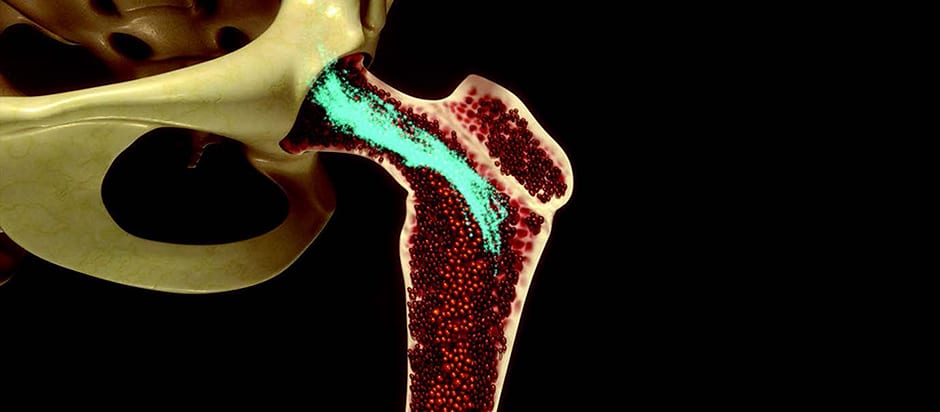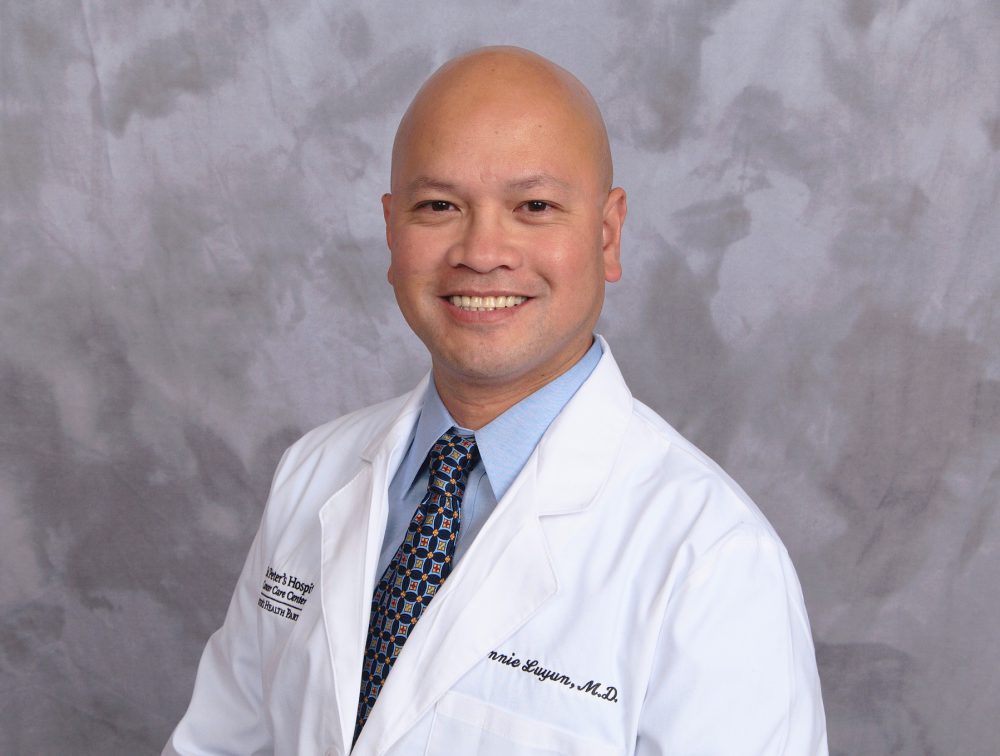
[This piece was written by Arthur Sunkin, MD with St. Peter’s Medical Oncology/Hematology.]
When a physician refers to cancers of the blood, he or she is talking about a group of cancers that originate in bone marrow – the spongy tissue inside bones where blood cells are formed. An uncontrolled growth of malignant blood cells interferes with the body’s production of healthy blood cells.
Including cancers of the lymphatic tissues, blood cancers account for nearly 10 percent of all new cancer cases and claim more than 50,000 lives per year. However, advances in treatment have greatly improved recovery rates. According to the Leukemia & Lymphoma Society, the overall survival rate for the total U.S. population with leukemia was 63.7 percent for the period of 2007 to 2013.
Blood cancers include problems with the three basic types of blood cells: red (they carry oxygen throughout the body); white (needed to fight infection and disease); and platelets (functions in blood clotting). While most blood cancer is known generally as leukemia, the specific types include myeloma (involving plasma cells); myelodysplastic syndromes (fewer healthy cells of all three types); and myeloproliferative disorders (increases in some or all of the blood cells).
Symptoms for these various conditions include: being tired or out of breath; mild fever or night sweats; slow healing of cuts or bruises for no apparent reason; and aches in bones or joints. However, because many non-cancer problems have similar symptoms, the diagnosis must be confirmed through a blood test, biopsy (cell sample taken through a needle) or medical imaging.
The individual treatment plan developed for each patient will likely include chemotherapy and/or radiation therapy. In addition, some patients receive a transplant of bone marrow cells. After the cancer cells are killed by chemotherapy, the transplanted stem cells (immature cells) then go on to form healthy new cells.
Donated marrow is obtained from either from a blood relative, the patients themselves or an anonymous donor through the National Marrow Donor Program Registry. On any given day, 6,000 adult and juvenile cancer patients are seeking a donor through the registry.
In recent years, researchers have developed more sophisticated treatment methods, including drugs that choke off the growth of cancer cells; vaccines that can extend the time when patients are in remission; and gene therapy that blocks the transition of a cell into a malignant type.
St. Peter’s Medical Oncology/Hematology provides up-to-the-minute medical oncology services at St. Mary’s Cancer Treatment Center located at St. Mary’s Hospital, 1300 Massachusetts Avenue in Troy, and also at its Clifton Park office at 1 Tallow Wood Drive. The practice takes pride in offering a treatment approach that is patient-centered and supported by a multidisciplinary team of cancer care specialists.
Our medical oncologists determine the appropriate drugs, dosage and schedule for administration of those drugs (chemotherapy), and work in collaboration with surgeons and radiation oncologists to effectively combine chemotherapy with radiation therapy and other modalities for the best possible outcomes. For questions or to make an appointment, call 518-268-5060.





